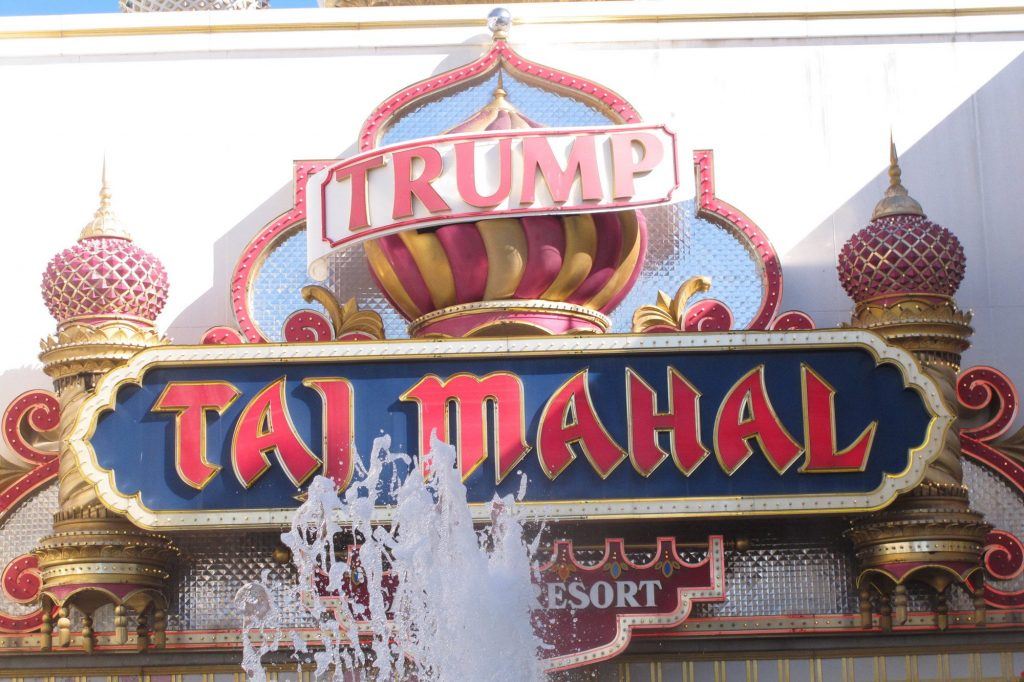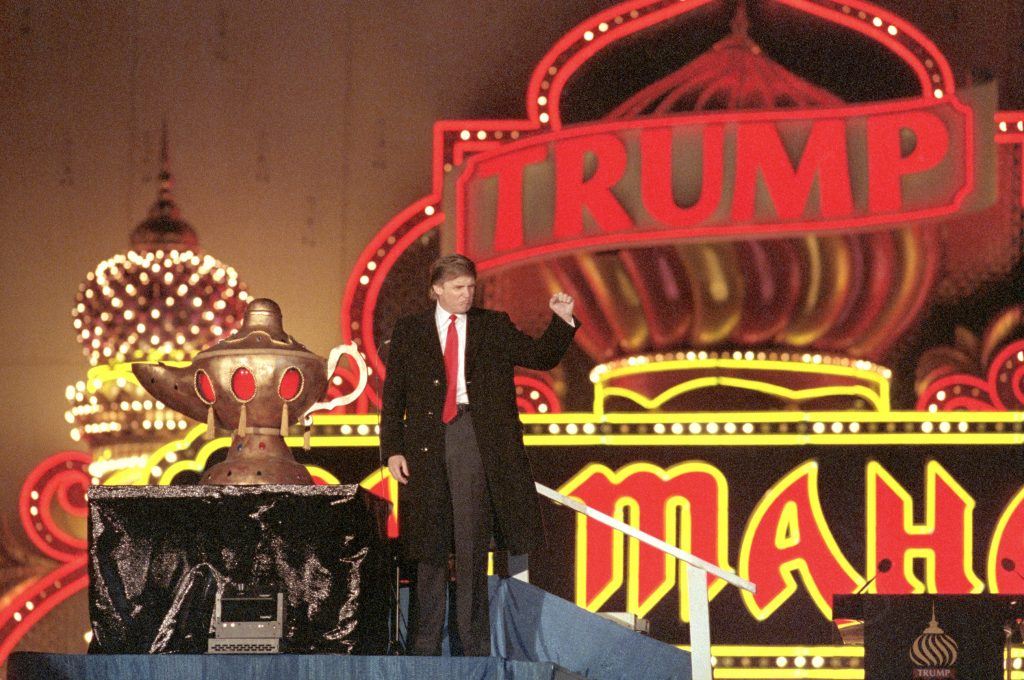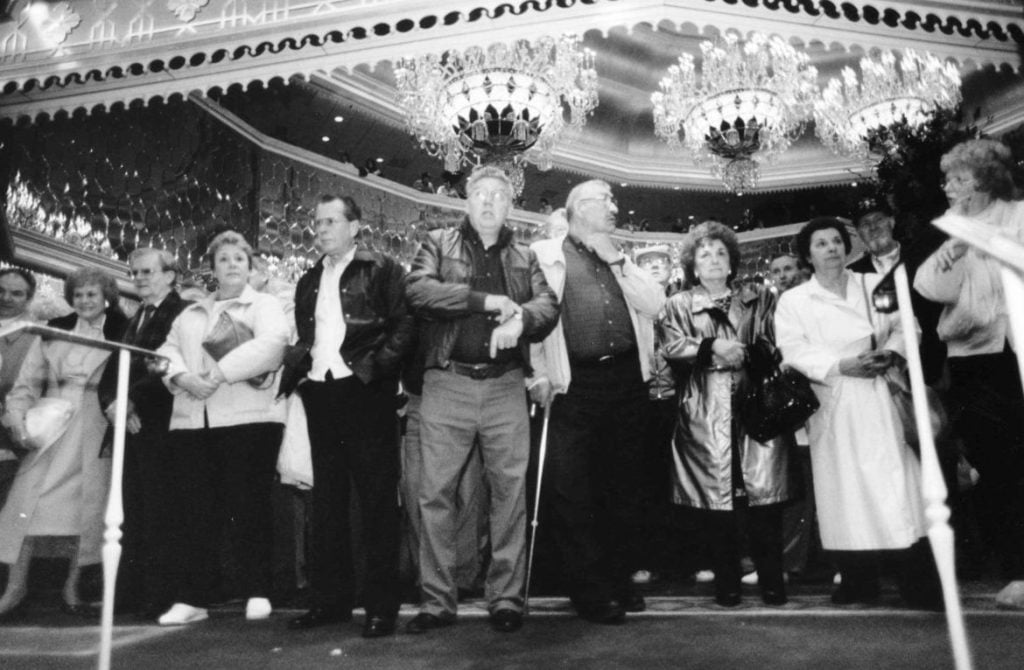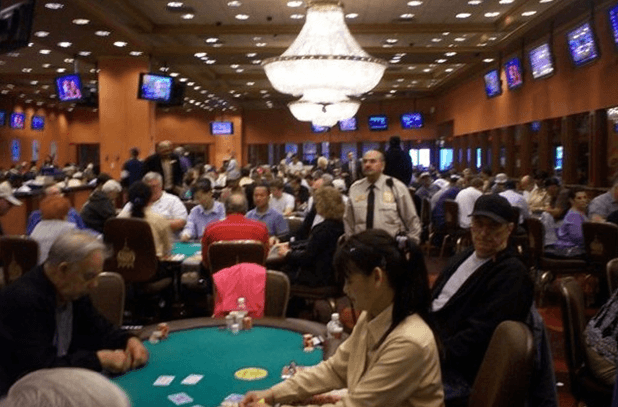The Evolution of Casino Gambling in Atlantic City
For much of the 20th century, legal land-based casinos were virtually nonexistent outside of Nevada. This changed dramatically on May 26, 1978, when New Jersey became the second state to legalize casino gambling with the launch of Resorts Casino in Atlantic City. This milestone set off a surge in casino development, not only in Atlantic City but eventually across the United States-with all but seven states ultimately embracing legalized gaming.
Despite this growth, increased competition began to erode Atlantic City’s dominance. As the city approached the 40th anniversary of its casino era, dwindling revenues and a wave of closures started to paint a troubled picture for its future. While some venues like the Borgata thrived, others endured storied rises and spectacular declines-none more dramatically than the Trump Taj Mahal.

Donald Trump Called his Third Atlantic City Casino Hotel the Eighth Wonder of the World. (Wayne Parry / Associated Press)
From Iconic Launch to Striking Decline
The Trump Taj Mahal quickly became a symbol of luxury and excess. Once touted as the “eighth wonder of the world” by Donald Trump, its golden era gave way to an era defined by dispersing crowds and picket lines outside its doors. Many who recall its initial grandeur now see only faded luxury and empty promises. Though its closure was narrowly avoided in 2014 thanks to billionaire Carl Icahn’s intervention, the property’s legacy was already in doubt.
Icahn’s pledge to revive the Taj Mahal with a $100 million investment echoed Trump’s original ambitions, albeit with diminished results. Trump himself, no longer involved in management, maintained a complex relationship with the property that still bore his name-at once attracted to its publicity, yet wary of associations with its struggles.
Amidst these reversals, Icahn, who once rescued the Taj Mahal from closure, eventually became the one to initiate its shutdown. With uncertainty swirling, the saga of the Taj Mahal remained unfinished-its fate once again in limbo.
Building the ‘Eighth Wonder’: The Opulent Opening
On April 2, 1990, Atlantic City welcomed its twelfth casino hotel: the Trump Taj Mahal. At over $1 billion, it was the city’s costliest project and, upon opening, its largest. Trump, who already owned Trump Plaza and Trump Castle (later Trump Marina), seized the chance to acquire the partly-built property from Resorts. He quickly transformed the half-finished complex into his self-proclaimed “crown jewel.”
The debut was a spectacle: laser shows, fireworks, actors in themed costumes, and appearances by celebrities such as Michael Jackson. A reported 10,000 visitors jammed the lobby, while Trump proudly declared the opening exceeded his wildest dreams.

Inside, guests marveled at:
- Over 120,000 square feet dedicated to gaming, including 3,000 slot machines and 160+ table games
- The city’s largest poker room at the time
- $14 million in glittering crystal chandeliers
- Suite accommodations reaching $10,000 per night
- 13 diverse restaurants
- A pool, state-of-the-art health facilities, and multiple recreational options
- A multipurpose arena seating 5,500 for concerts and sporting events

The opening, while lavish, was also marred by long lines and technical glitches. Still, the debut was a financial hit, drawing huge crowds and generating $604,000 in winnings on the first day alone.

The Taj Mahal quickly became known for high-profile events, such as celebrity boxing matches and grand birthday celebrations featuring the Beach Boys and elaborate James Bond-themed parties.
Financial Troubles and Repeated Bankruptcies
While the Taj Mahal’s luxury impressed many, its excessive spending proved unsustainable. Less than a year after opening, mounting debt-over $820 million-drove the property into bankruptcy. Over the ensuing years, the casino experienced three more bankruptcies, steadily eroding Trump’s control after 2004 and eventually eliminating his stake entirely by 2014.
It took the intervention of Carl Icahn, a billionaire with experience revitalizing distressed casino properties (such as Atlantic City’s Tropicana), to prevent the Taj Mahal from shuttering completely. Icahn acquired the property for a reduced price, finalized ownership in February 2016, and attempted to guide the casino toward recovery.
The Return and Short-Lived Renaissance of the Poker Room
One of Icahn’s initial moves was to revive the once-iconic poker room. The Taj Mahal poker room-previously the scene for movies like “Rounders”-had at its peak 48 tables, making it the city’s second-largest. The room’s closure in early 2015 for renovations signified a downturn, as missing amenities drove patrons elsewhere.

By 2015, the Taj Mahal ranked next to last in casino revenue among the city’s eight venues. The poker room’s much-anticipated reopening in May 2016 featured limited tables and was promoted as part of a broader strategy to recapture former glory, with leadership emphasizing customer focus and renewed investment in guest experience.
Labor Disputes and the Longest Strike in City History
Icahn’s efforts to revitalize the property met a major obstacle: labor unrest. Upon taking over, he pledged further investment-conditional on New Jersey’s rejection of expanded gaming in North Jersey. Simultaneously, he refused to meet the health benefit demands of UNITE HERE Local 54, the union representing more than 1,000 service workers.
The result was the longest casino worker strike in Atlantic City’s history. Employees, lacking employer-provided health coverage, argued for benefits on par with other casinos. With many forced to rely on public assistance and a third left without insurance, tensions soared. Icahn countered that the Taj Mahal’s lack of profitability-and mounting losses exacerbated by the strike-made comparable benefits unsustainable.
This labor dispute ultimately undermined hopes for a successful turnaround, leading management to conclude that the property remained financially unviable.
The Final Closure: End of an Era
Confronted with persistent losses and little chance of recovery, Icahn decided the only viable option was to shut the Taj Mahal. In compliance with legal requirements, staff received 60-days’ notice. The official closing date was set for October 10, 2016.
At the time of the announcement, the casino and hotel were operating with a skeletal staff and limited amenities. Upon closure, the Taj Mahal would become the fifth Atlantic City casino to shut down since 2014, displacing approximately 3,000 workers.
For Donald Trump, once a dominant presence on the Atlantic City skyline, this marked the final chapter of his casino legacy in the city. The iconic name was all that remained-a distant echo of former extravagance as the doors prepared to close for good.













